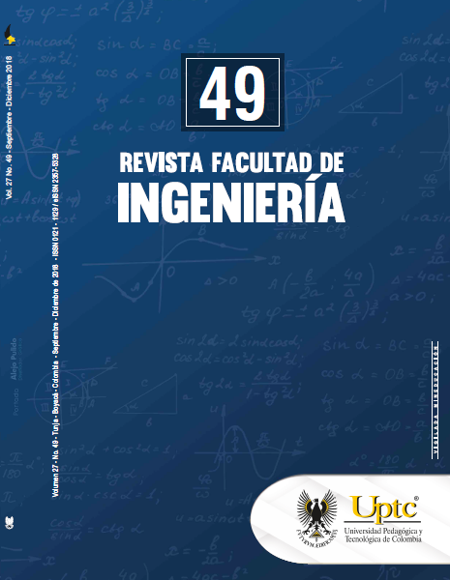Analysis of the implementation of telematic tools for data management of passenger traffic dynamics in the Bus Rapid Transit system

Abstract
This article briefly describes the transport system of the Republic of Ecuador and, in particular, the organization of the route network of urban passenger transport in Quito, the capital city of Ecuador. The features of the organization and management of transportation of passengers on the main routes of urban passenger transport of Quito are determined by the Bus Rapid Transit (BRT) system. We revise possible ways of improving the management and control of urban passenger transport in Quito by using telematics tools and systems. We propose that the main direction of improvement is to introduce tools for assessing the dynamics of passenger traffic in real time through the use of telematics. In comparison with traditional systems, the peculiarity of the approach proposed is the use of telematics equipment and special sensors for calculating the number of incoming/outgoing passengers from the vehicle, which are installed directly in the doors of the pavilions of the bus stops of the BRT system routes. The goal of this approach is to reduce the cost of telematics equipment and normalize the occupancy inside transport vehicles, which is one of the service level indicators.
Keywords
public transport, road transport, telematics, teleinformatics
References
[1] Guía de planificación de sistemas BRT, Institute for Transportation & Development Policy, Nueva York, NY, USA, 2007.,
[2] F. Romero, El transporte terrestre de pasajeros en Ecuador y Quito: perspectiva histórica y situacion actual. Quito, Ecuador: Instituto Nacional de Estadística y Sensos, 2010.
[3] E. Bastidas, «Analysis of multistage chains in public transport: The case of Quito, Ecuador,» in Conf. Transport Engieneering, Valencia, Spain, Jun. 7-9, 2016, pp. 180-188. DOI : https://doi.org/10.4995/CIT2016.2016.3530.
[4] C. Pardo, Los cambios en los sistemas integrados de transporte masivo en las principales ciudades de América Latina. Santiago, Chile: Naciones Unidas, 2009.
[5] F. Demorales, Movilidad, elementos esenciales y riesgos en el distrito metropolitano de Quito. Quito, Ecuador: AH editorial, 2005.
[6] V. Bogumil, and D. Efimenko, “Urban Transport Dispatch Control System Helps to Increase Intelligent Transport Systems Effectiveness” in Proceedings 11th European Transport Congress, Prague, Czech Republic, 2013, pp. 20-25.
[7] V. M. Vlasov, D. B. Efimenko, and V. N. Bogumil, Primenenie cifrovoj infrastruktury i telematicheskih sistem na avtomobil'nom transporte (Application of digital infrastructure and telematic systems in road transport). Moscow, Russia: INFRA-M, 2018.
[8] V. M. Vlasov, B. Y. Maktas, V. N. Bogumil, and I. V. Konin, Besprovodnye tekhnologii na avtomobil'nom transporte. Global'naya navigaciya i opredelenie mestopolozheniya transportnyh sredstv. Moscow, Russia: INFRA-M, 2017.
[9] V. M. Vlasov, D. B. Efimenko, and V. N. Bogumil, Informacionnye tekhnologii na avtomobil'nom transporte: uchebnik dlya stud. Moscow, Russia: INFRA-M, 2014.